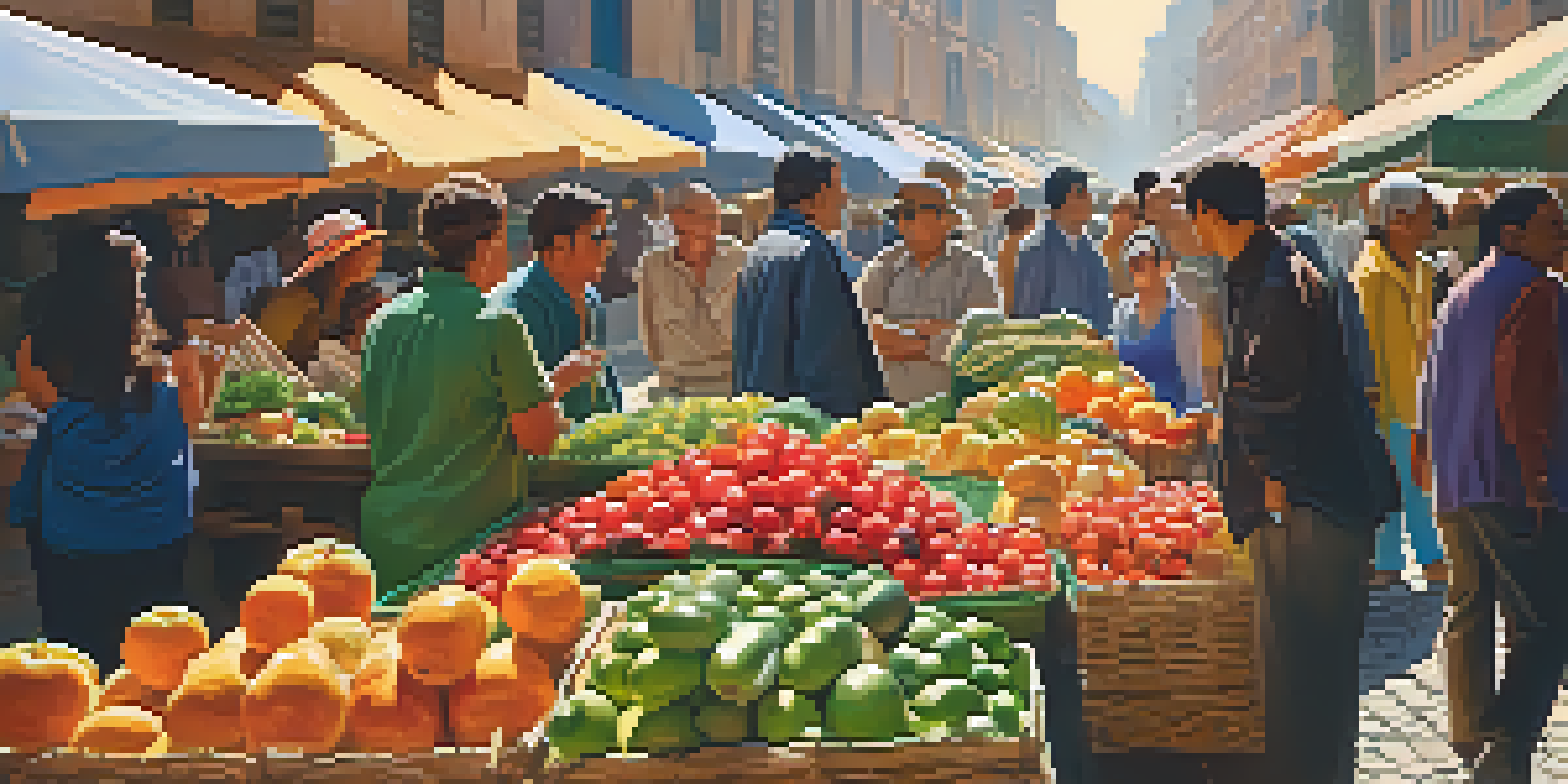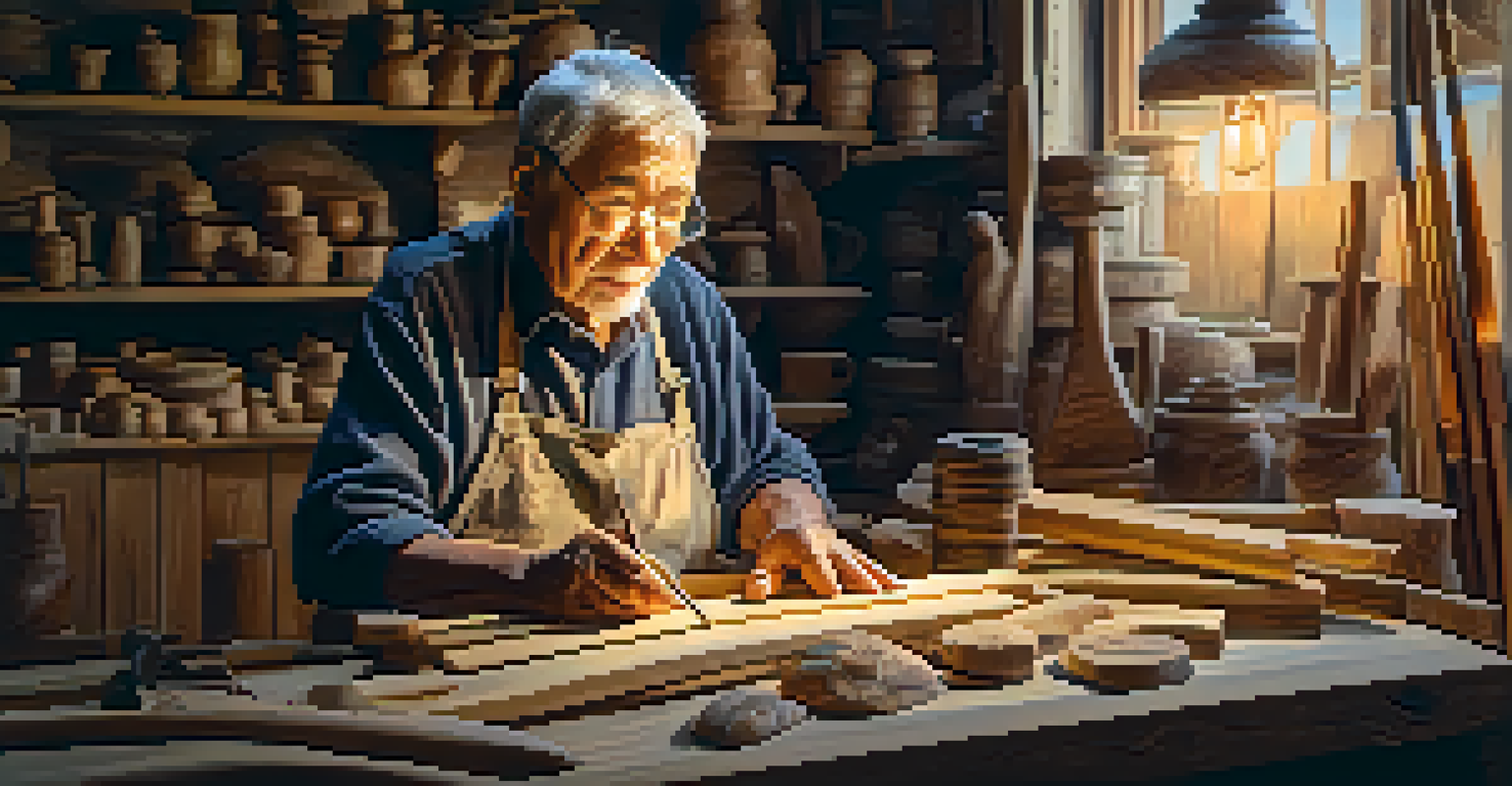Photography Etiquette: How to Respect Local Privacy

Understanding the Importance of Privacy in Photography
When we think about photography, we often envision capturing beautiful moments. However, it's crucial to remember that behind every photo is a person who deserves privacy. Respecting privacy helps foster good relationships with the community and creates a more considerate environment for everyone involved.
Photography is a way of feeling, of touching, of loving. What you have caught on film is captured forever... It remembers little things, long after you have forgotten everything.
Privacy is not just a legal concept; it’s also a matter of trust. When photographers show respect for individuals' privacy, they build a rapport that can lead to more authentic and candid images. It’s about creating a comfortable space where people feel safe and valued.
In many cultures, personal space varies significantly. Understanding these nuances is essential, especially when photographing in diverse locations. Being aware of local customs regarding privacy can help you avoid uncomfortable situations and enhance your photography experience.
Research Local Laws and Regulations Before Shooting
Before heading out to capture stunning shots, it’s vital to familiarize yourself with local laws regarding photography. Some areas have strict regulations that protect individuals' privacy rights, especially in residential settings. Ignoring these laws can lead to legal troubles and damage your reputation as a photographer.

For instance, many cities have ordinances about photographing people without their consent, especially minors. Knowing these rules can save you from awkward confrontations and ensure your photography aligns with legal expectations. It’s always better to be informed than to find out the hard way.
Respect Privacy in Photography
Understanding and respecting individuals' privacy fosters trust and enhances the authenticity of your photographs.
Additionally, local regulations can vary widely; what’s acceptable in one place may not be in another. Taking the time to research these laws shows respect for the community you are engaging with and reflects positively on you as a professional.
Always Ask for Permission Before Taking Photos
One of the simplest yet most effective ways to respect privacy is to ask for permission before snapping a picture. A simple request can go a long way in showing respect and building trust with your subjects. This approach not only helps avoid misunderstandings but also opens a dialogue that can lead to better photographs.
The camera is an instrument that teaches people how to see without a camera.
When you ask for permission, you’re giving people the opportunity to express their comfort level. Some might be open to being photographed, while others might prefer to remain out of the frame. Respecting their wishes is paramount, and it can lead to more authentic and engaging photography.
Moreover, people often appreciate the courtesy of being asked. This can lead to unexpected connections and even collaborative opportunities, as individuals may share their stories or suggest other interesting subjects to photograph.
Be Mindful of Cultural Differences in Photography
Photography etiquette can significantly differ across cultures, making it essential to approach each situation with sensitivity. In some cultures, photography is seen as intrusive or disrespectful, while in others, it is welcomed wholeheartedly. Understanding these cultural nuances can enrich your photography experience and help you avoid unintentional offense.
For example, in certain Indigenous communities, photography may be considered sacred, and consent is required not only from individuals but also from the community as a whole. Taking the time to learn about these cultural practices can show respect and deepen your interactions.
Know Local Photography Laws
Familiarizing yourself with local laws protects your subjects' rights and helps you avoid legal issues.
Additionally, being observant and adaptable in different cultural contexts can enhance your ability to capture authentic moments. When you respect cultural norms, you not only avoid potential conflicts but also gain a richer understanding of the subjects you are photographing.
Use Discretion When Photographing Sensitive Situations
Certain situations, such as protests, accidents, or personal crises, require a heightened sense of discretion. While it can be tempting to capture dramatic images, it is vital to assess the emotional context of the situation and prioritize the well-being of those involved. Sensitivity is key in maintaining ethical standards in photography.
In many cases, the individuals involved may not want their experiences documented. When faced with a sensitive situation, consider whether your photographs will contribute positively or may cause further distress. Prioritizing empathy over sensationalism is essential for responsible photography.
Ultimately, being a photographer means being a storyteller, and part of that responsibility is to ensure your stories honor the dignity of your subjects. By exercising discretion, you can create powerful images that respect the humanity of those you photograph.
Respect Personal Space and Boundaries
Respecting personal space is a fundamental aspect of photography etiquette. Everyone has their comfort zone, and as a photographer, it's crucial to be aware of and respect those boundaries. Getting too close without permission can lead to discomfort and may result in unflattering images.
When photographing in public spaces, maintaining a respectful distance not only makes your subjects feel more comfortable but also often leads to more natural expressions. Think of it like dancing; if you’re too close, it can feel awkward, but if you keep a respectful distance, it feels more fluid and free.
Ask for Permission First
Always asking for consent before taking photos shows respect and can lead to stronger connections with your subjects.
Additionally, using a longer lens can help you capture candid moments without invading personal space. This technique allows you to tell a story through your images while maintaining the respect and dignity of your subjects.
Editing and Sharing: Keep Privacy in Mind
Once you’ve captured your images, the next step is editing and sharing them. It’s essential to consider how your edits might affect the perception of your subjects. Even seemingly harmless adjustments can alter the context of a photograph and potentially misrepresent the individuals involved.
When sharing photographs online, always consider the privacy of your subjects. If you’ve obtained permission to take their pictures, it’s also courteous to ask if they’re comfortable with you sharing them publicly. Transparency in this process builds trust and shows respect for their privacy.

Moreover, consider the platforms on which you share your work. Some social media channels may expose your subjects to a wider audience than intended. Being mindful of how and where you share your images can help protect the privacy of those you’ve photographed while still showcasing your artistry.